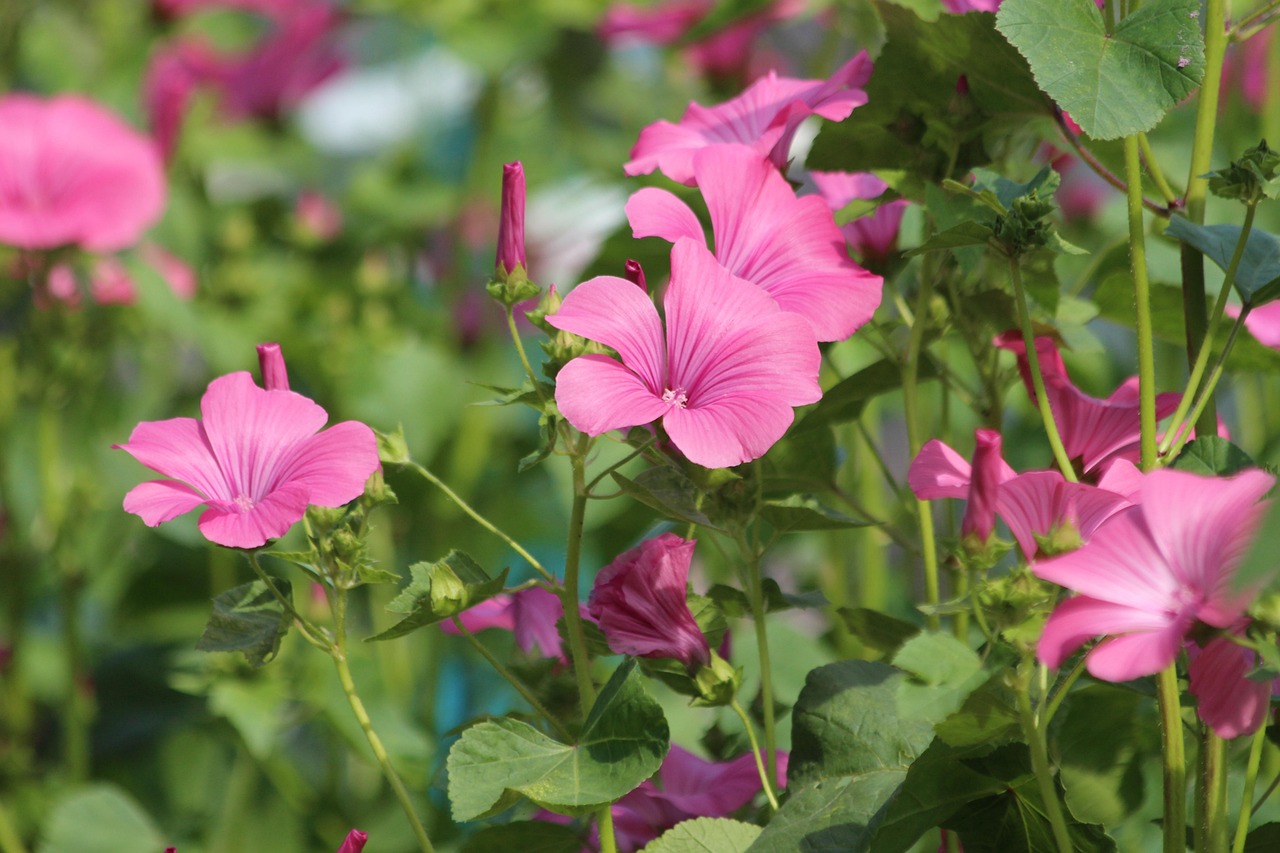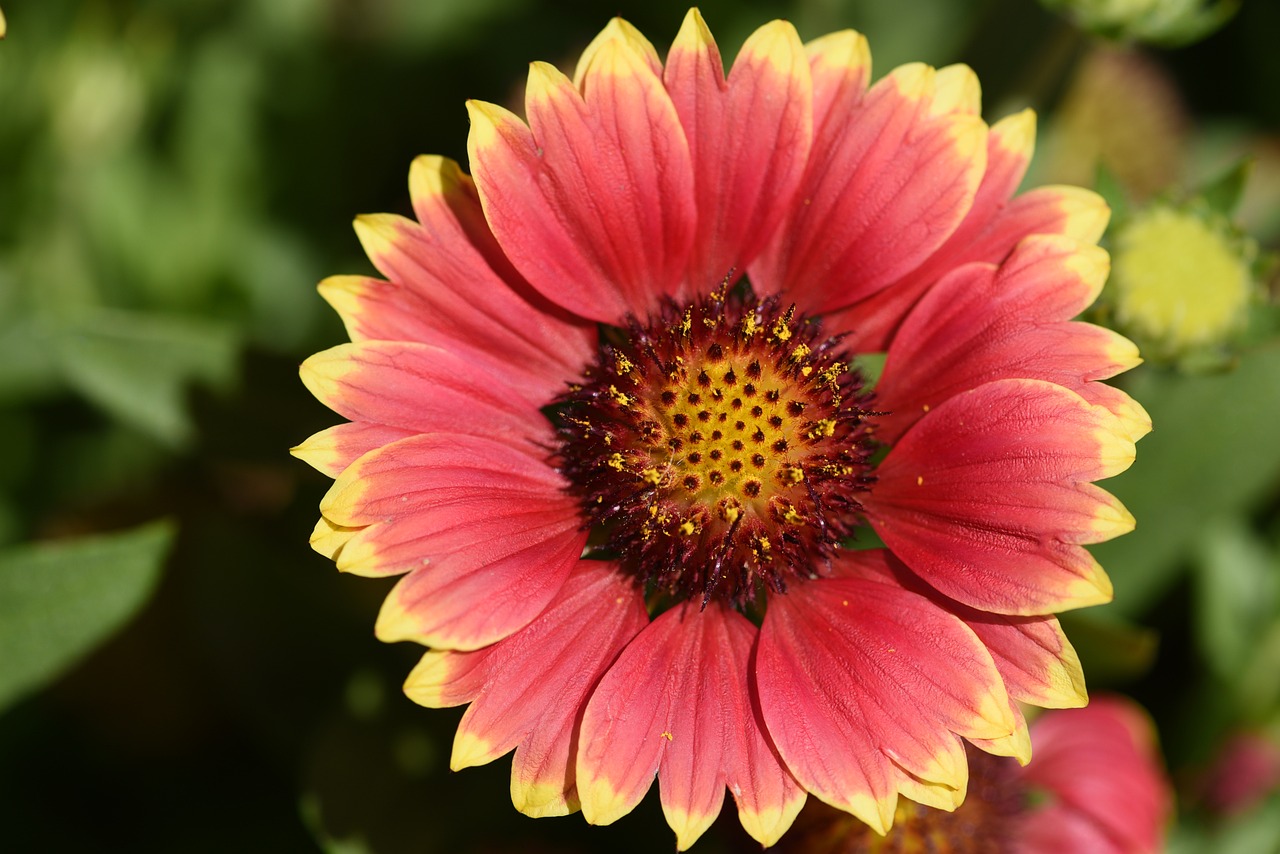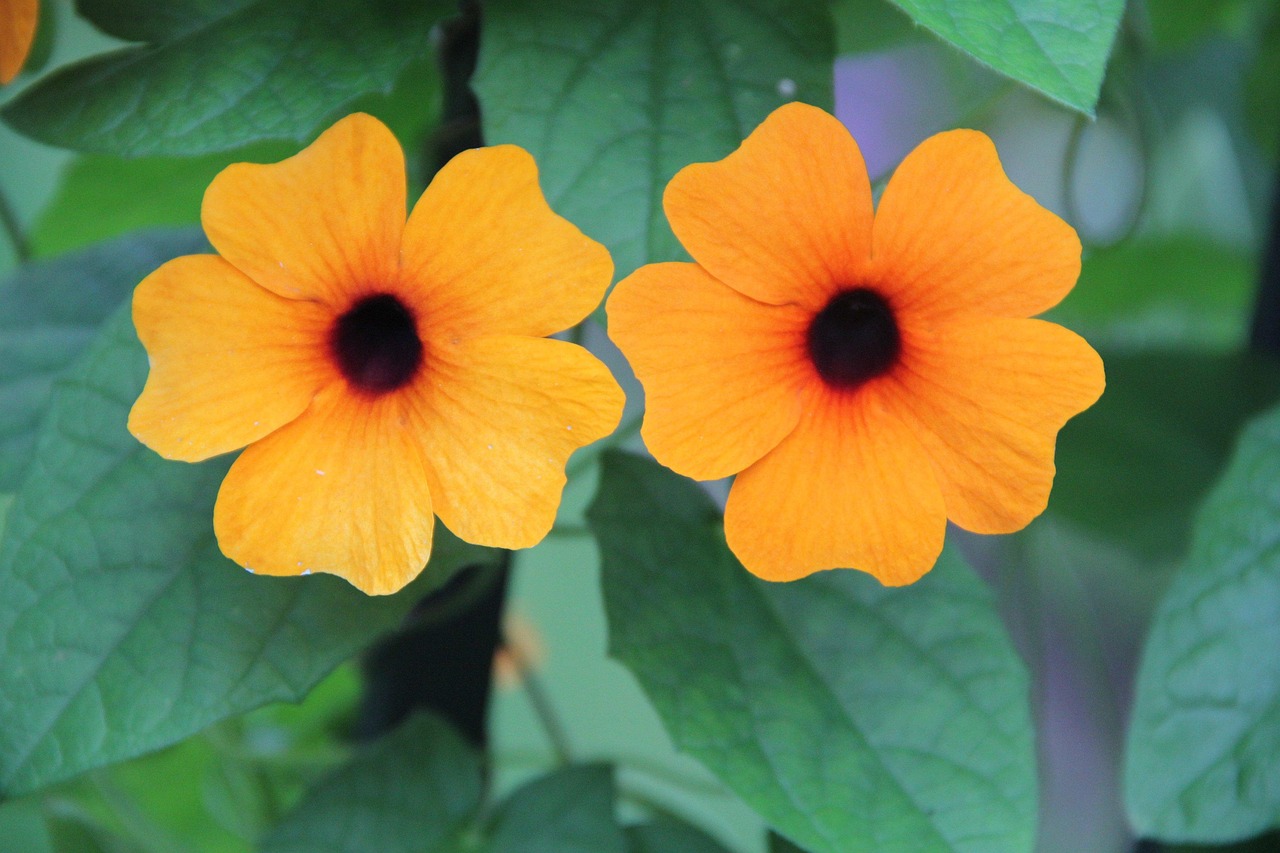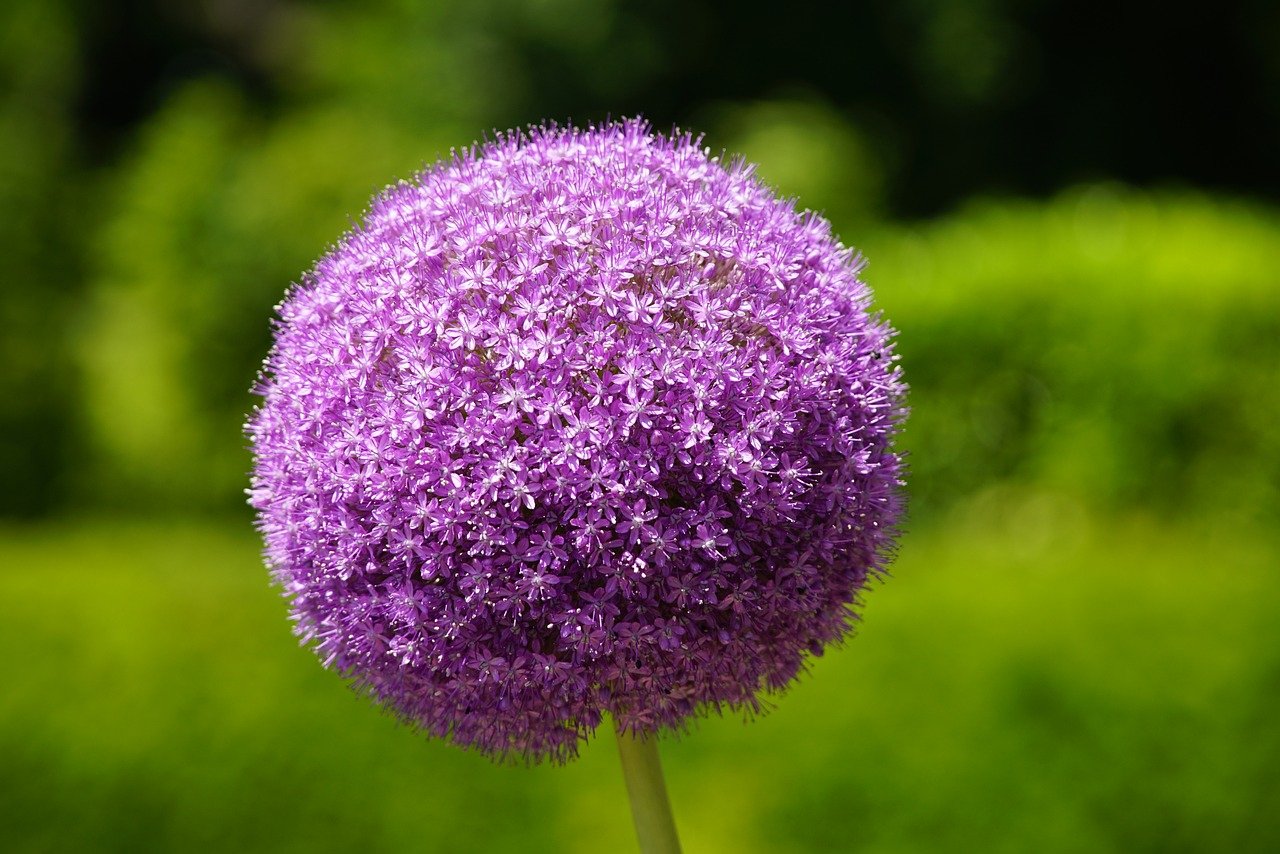Wood Cranesbill | Features and Care

Wood Cranesbill is a perennial plant that blooms with cool bluish-purple flowers in early summer. Native to the cool regions of Europe, it is appreciated for its deeply lobed leaves and delicate flower form. It fits naturally into landscape designs and is favored in natural gardens, forest parks, and traditional planting schemes.
This article explores its botanical features, cultural and historical background, and practical cultivation tips.
Basic Information
- Scientific name: Geranium sylvaticum
- Family: Geraniaceae
- Origin: Northern and Central Europe, parts of Asia
- Appearance: Flowers measure approximately 2–3 cm in diameter, with variations in bluish-purple, pale purple, or white. They have five petals in a radial arrangement. The leaves are palmately lobed and softly hairy. Plants grow to about 30–60 cm tall.
- Blooming Season: May to July
Cultural Significance Around the World
Wood Cranesbill thrives in cool, moist environments and is a familiar wildflower in the Nordic countries, particularly Finland. Known locally as metsäkurjenpolvi (“forest crane’s foot”), it is an important native plant found in nature reserves and used in environmental education. It is featured in Finnish textbooks and plant guides as a representative species of local flora.
In the United Kingdom, it is known as “wood cranesbill” and has been valued since the Victorian era in naturalistic planting styles. It is often used to create a soft, flowing atmosphere at the base of trees and along woodland edges. It can still be seen in gardens maintained by the National Trust.
In France and Germany, it is recognized as a native species involved in ecological conservation efforts and is considered culturally significant beyond ornamental use.
Historical Background
Wood Cranesbill has a long history in Europe, with records showing its presence in medieval monastic gardens. Monks included it in their gardens not only for aesthetics but also for its symbolic qualities within a harmonious landscape.
From the 16th to 18th centuries, the plant appeared in botanical illustrations depicting the flora of alpine and Nordic mountain areas. It drew the interest of early naturalists and botanists. It was noted in the works of John Ray in England and Carl Linnaeus in Sweden as a subject of classification and study.
In the 19th century, it became favored in garden design influenced by Romanticism, where wild and poetic qualities were emphasized. It also played a role in the “picturesque garden” style that preceded modern naturalistic planting trends.
Gardening Advice
Wood Cranesbill prefers cool climates and slightly moist soils. With the right environment, it will bloom reliably year after year. Below are the key care points.
Sunlight
Prefers bright shade or partial shade. Avoid harsh direct sunlight, which may cause leaf scorch. Best grown under deciduous trees or in filtered light.
Watering
Water when the topsoil is dry. Keep the soil moderately moist but avoid waterlogging to prevent root rot.
Soil
Likes well-drained yet moisture-retentive soil. Improve the soil with compost or leaf mold to promote healthy root development.
Fertilizer
Apply slow-release fertilizer in spring or use liquid fertilizer once a month during the growing season for lush foliage and flowers.
Pruning and Maintenance
After flowering, cut back the flower stalks to maintain shape and airflow. The plant may self-seed and increase gradually.
Overwintering
Highly cold-tolerant, it can overwinter in open ground even in snowy regions. For potted plants, protect from freezing by keeping them under eaves or in sheltered spots.
Conclusion
Wood Cranesbill is a perennial species native to northern and mountainous parts of Europe. It holds rich cultural and historical value, including its role as a national wildflower in Finland and its integration into English garden traditions.
Since the 16th century, it has also contributed to the development of botany through alpine and Nordic field studies. Today, it is valued in both ecological and landscape contexts. When grown in suitable conditions, it quietly adds charm and continuity to garden spaces.




